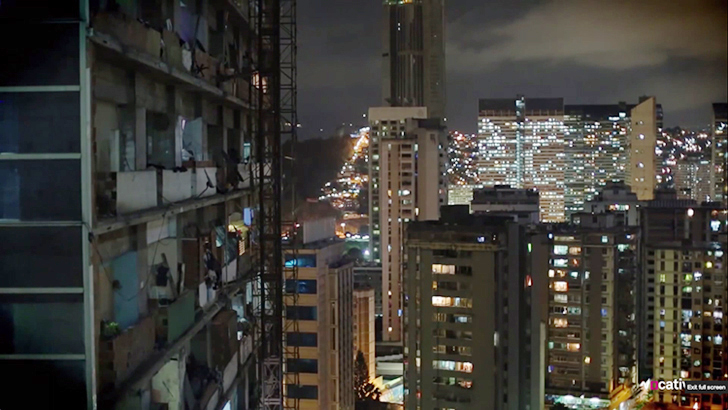Language of Density
Thesis statementWe need a new system to increase capacity of major cities. This require a planning utility beyond the current plan-based method. To accommodate the diversity of booming society, it should also foster complexity instead of imposing monopolistic pattern. what – Descript contexts and key ideas driver
Human understanding of city is influenced by the technological advancement, once our understanding of future city was driven by Eastern Airline & General Motors and defined by autonomous flying cars1. In le Corbusier’s Ville radieuse we were able to flying a plane directly onto the roof of our dwelling. In the SkyCity 1000 we imagine life in a gigantic pyramid and travel through 3D lift. Visions towards ultra density often emphasis on travel/commute method or portrait industrialized living space no different from the totalitarian state in the movie ‘Brazil’, however I believe it need not to be. As Engineers and ecologist usually inform these visions with scientific solution, often the spatial texture of these condensed spaces were overlooked, and in this thesis the emphasis is on how ultra-dense living can look beyond the engineered space. Test ProjectTo apply the highest known density to Hong Kong again. The now-defunct Kowloon Walled City had the highest density of population per square km(1.255 million)2 without governance, so the question is how one might re create such density with arrangement. Ultimately, I would attempt to apply this density on the entire Hong Kong and see if such intervention is plausible. HowThe thesis shall progress in such order.
With the analysis, prototypes will be created to explore spatial models that could accommodate the ultra density.
A module/system that could allow a mega city to accommodate even larger population while maintaining its diversity and quality. Annotated Bibliography /Precedents
|

